Kidney Protection Hydration Calculator
Personalized Kidney Protection Hydration Plan
Calculate your recommended hydration protocol based on kidney function and risk factors to protect against contrast-induced acute kidney injury (CI-AKI)
Your Personalized Hydration Plan
When you're scheduled for a CT scan, angiogram, or other imaging test that uses contrast dye, your doctor might tell you to drink more water. But it’s not just about staying thirsty-it’s about protecting your kidneys from damage caused by the very substances meant to help doctors see inside your body. These dyes, called contrast media, are nephrotoxic, meaning they can harm kidney function, especially if your kidneys are already working hard due to diabetes, high blood pressure, or chronic kidney disease.
Why Hydration Matters More Than You Think
Every year, around 8 million people in the U.S. get contrast-enhanced imaging. About 1 in 10 of those with existing kidney issues will develop contrast-induced acute kidney injury (CI-AKI). That’s not rare-it’s common enough that hospitals track it like a vital sign. CI-AKI shows up as a sudden spike in creatinine levels within 48 to 72 hours after the procedure. It doesn’t always mean permanent damage, but it can delay recovery, extend your hospital stay by over three days, and add nearly $7,500 to your bill.
The fix? Simple in theory: keep your kidneys flushed. But the science behind it is precise. Hydration doesn’t just mean guzzling a bottle of water. It’s about timing, volume, and delivery method-all tailored to your kidney function.
What Works: The Science Behind Hydration Protocols
Not all hydration is created equal. Research from a 2020 meta-analysis of over 21,000 patients found that standard IV saline (0.9% sodium chloride) reduces CI-AKI risk by about 26%. That’s helpful, but not the whole story.
- Standard IV protocol: 3-4 mL per kg of body weight per hour, given 4 hours before and 4 hours after the procedure. For a 70 kg person, that’s roughly 840-1,120 mL total.
- Long protocol: Slower drip at 1 mL/kg/hour for 12 hours before and after. This is often used for patients with advanced kidney disease or those who can’t tolerate rapid fluid shifts.
- Sodium bicarbonate: A slightly alkaline solution given at 3 mL/kg/hour for an hour before, then 1 mL/kg/hour for six hours after. Studies show it reduces risk by 26%-same as saline, but with a different mechanism.
- RenalGuard system: A closed-loop machine that tracks your urine output in real time and adjusts IV fluids automatically to keep you peeing 150-200 mL per hour. This isn’t just fancy tech-it cuts CI-AKI risk by 68% in high-risk patients.
- Oral hydration: Drink 500 mL of water two hours before the test, then 250 mL every hour during the procedure. Multiple studies show it works just as well as IV for people with mild kidney impairment (eGFR >30).
For someone with an eGFR above 29 mL/min/1.73m², recent evidence says you might not need any prophylactic hydration at all. Their kidneys handle the dye fine without extra fluids. But if your eGFR is below 60, you’re in the danger zone-and you need a plan.
Who Needs What: Risk-Based Hydration
There’s no one-size-fits-all. Your hydration plan should match your kidney function, heart health, and overall risk.
- eGFR >60: You’re low risk. Oral hydration or even no extra fluids may be enough.
- eGFR 30-59: Moderate risk. IV isotonic saline at 1-1.5 mL/kg/hour for 3-12 hours before and after is recommended by the VA/DOD 2025 guidelines.
- eGFR <30: High risk. Contrast should be avoided if possible. If absolutely necessary, use RenalGuard or hemodynamic-guided hydration with close monitoring.
- Heart failure or low ejection fraction: Be careful. Too much fluid can cause pulmonary edema. Even 500 mL extra can trigger trouble. Your care team must balance kidney protection with heart safety.
One study from the Mayo Clinic cut their CI-AKI rate from 12.3% to 5.7% in just one year-not by using the fanciest machine, but by standardizing protocols across radiology, cardiology, and nursing teams. That’s the real win: coordination.
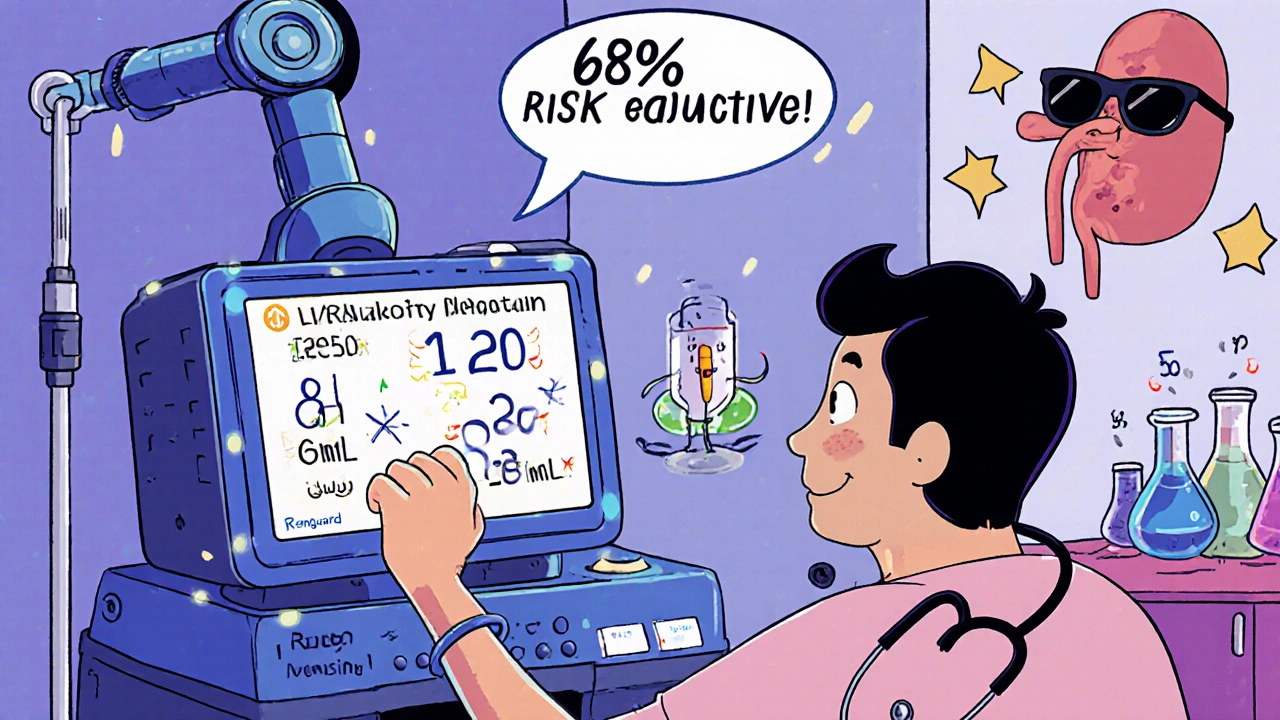
The Hidden Costs and Real-World Barriers
Advanced systems like RenalGuard cost about $1,200 more per procedure. But they save $4,200 per avoided case of CI-AKI. That’s not just hospital savings-it’s less time in ICU, fewer dialysis sessions, and fewer readmissions.
Still, many clinics don’t use them. Why? Training. A nurse needs four hours of certification and five supervised cases to use RenalGuard properly. Scheduling is another hurdle. A 12-hour hydration protocol means overnight stays. Patients with jobs, kids, or transportation issues can’t always comply.
Oral hydration sounds easy, but studies show many patients forget to drink enough. One hospital found that only 40% of patients followed their oral plan correctly. That’s why some clinics now give patients pre-filled water bottles with time-stamped labels: “Drink this by 9 AM,” “Drink this at 11 AM.” Simple, visual, effective.
What’s Next: The Future of Kidney Protection
The VA/DOD 2025 guideline hints at what’s coming: real-time biomarkers that detect early kidney stress-like NGAL or cystatin C-before creatinine even rises. Imagine a blood test that tells your doctor, “Your kidneys are reacting to the dye,” before damage happens. That’s not science fiction. Pilot programs at Johns Hopkins are already testing it.
Artificial intelligence is also stepping in. Early AI models can predict who’s most likely to develop CI-AKI based on age, eGFR, diabetes status, and even the type of contrast used. Then, the system auto-generates a hydration plan. The American Heart Association predicts this will be standard in five years.
And what about supplements like N-acetylcysteine (NAC)? Many patients ask about it. But the 2020 meta-analysis showed no benefit when hydration is already adequate. Don’t waste your money-focus on fluids, not pills.

What You Can Do Today
If you’re scheduled for a scan with contrast:
- Ask: “What’s my eGFR?” If you don’t know it, get a recent blood test.
- Ask: “Do I need IV fluids, or is water enough?”
- Ask: “Will you monitor my urine output or use a system like RenalGuard?”
- If you have heart failure: Ask, “How much fluid is safe for me?”
- Write down your hydration plan. Set phone alarms if you’re doing oral hydration.
- After the procedure: Make sure your creatinine is checked 48-72 hours later.
Don’t assume your doctor knows your full history. Bring a list of your medications, especially diuretics, metformin, or NSAIDs-those can interact with contrast and hydration plans.
Final Thought: It’s Not Just About the Dye
Hydration isn’t just a pre-procedure box to check. It’s part of a bigger picture: protecting your kidneys from all kinds of stress-medications, dehydration, infections, even over-the-counter painkillers. If you’ve got kidney disease, your kidneys are already working harder. Every bit of support counts.
Drink water. Know your numbers. Ask questions. Your kidneys won’t thank you now-but they’ll thank you years from now.
Can I just drink more water instead of getting IV fluids?
Yes, for many people. If your kidney function is mild to moderate (eGFR above 30), oral hydration with water is just as effective as IV fluids. Drink 500 mL two hours before the procedure and 250 mL every hour during the test. But if you’re at high risk-eGFR below 30, heart failure, or on dialysis-IV fluids are safer and more controlled. Don’t rely on oral hydration alone if your doctor says you’re high risk.
How do I know if I’m at risk for kidney damage from contrast dye?
You’re at higher risk if you have chronic kidney disease (eGFR below 60), diabetes, heart failure, are over 65, or are dehydrated. Certain medications like metformin, NSAIDs, or diuretics can also increase risk. Ask your doctor for your latest eGFR result-this number tells you more than any symptom ever could. If you don’t have one in the last 30 days, request a blood test before your scan.
Does drinking coffee or tea count toward my hydration?
In moderation, yes. Recent studies show that caffeine doesn’t cause significant dehydration in regular drinkers. A cup or two of coffee or tea is fine as part of your fluid intake. But don’t rely on them alone. Water is still the best choice because it doesn’t contain caffeine, sugar, or additives that could stress your kidneys. Stick to plain water for the bulk of your hydration plan.
What if I can’t get IV fluids because I have poor veins?
Talk to your care team early. If IV access is difficult, oral hydration is still a valid option for many patients, especially if your eGFR is above 30. Some hospitals use peripheral IVs in the hand or forearm, or even central lines if needed. Don’t refuse the procedure-ask for alternatives. In some cases, non-contrast imaging (like ultrasound or MRI without dye) may be an option. Your doctor can help weigh the risks.
Should I stop taking my medications before the procedure?
Only if your doctor tells you to. Metformin (for diabetes) is often held for 48 hours after contrast to avoid lactic acidosis, but only in people with reduced kidney function. Diuretics may be paused to help with fluid balance. Never stop any medication without talking to your provider. Bring a list of everything you take-including supplements-to your pre-procedure appointment.
How long after the procedure should I get my kidney function checked?
Your creatinine should be tested 48 to 72 hours after the contrast procedure. This is the standard window for detecting contrast-induced kidney injury. If you’re discharged before then, make sure someone follows up with a blood test. Don’t assume everything’s fine just because you feel okay. Kidney damage often has no symptoms until it’s advanced.

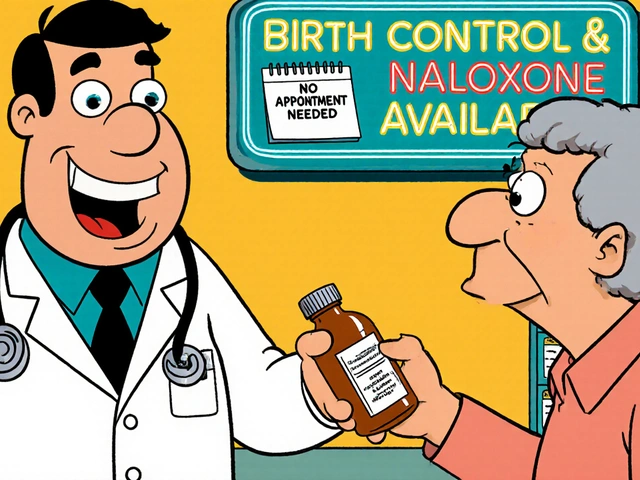 Pharmacist Substitution Authority: Understanding Scope of Practice in the U.S.
Pharmacist Substitution Authority: Understanding Scope of Practice in the U.S.
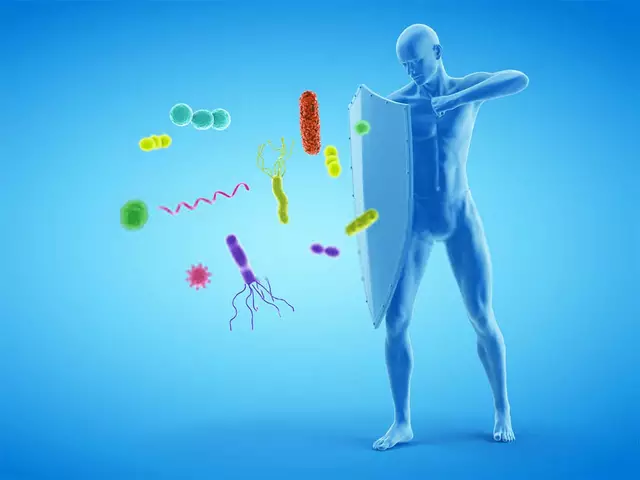 Castoreum: The Ancient Secret to Boosting Your Immune System and Overall Health
Castoreum: The Ancient Secret to Boosting Your Immune System and Overall Health
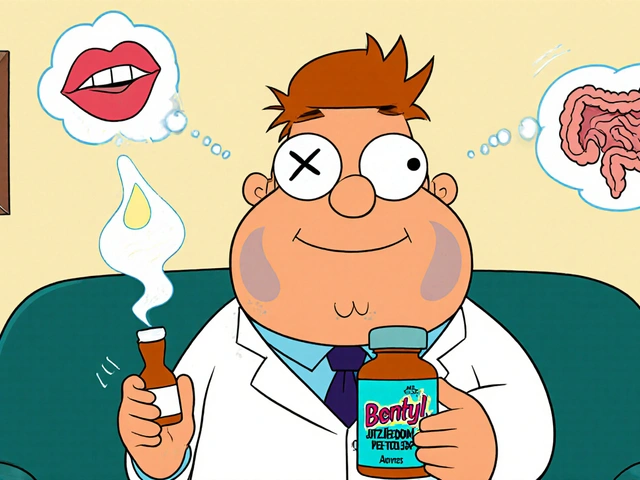 Compare Bentyl (Dicyclomine) with Alternatives for IBS and Spasms
Compare Bentyl (Dicyclomine) with Alternatives for IBS and Spasms
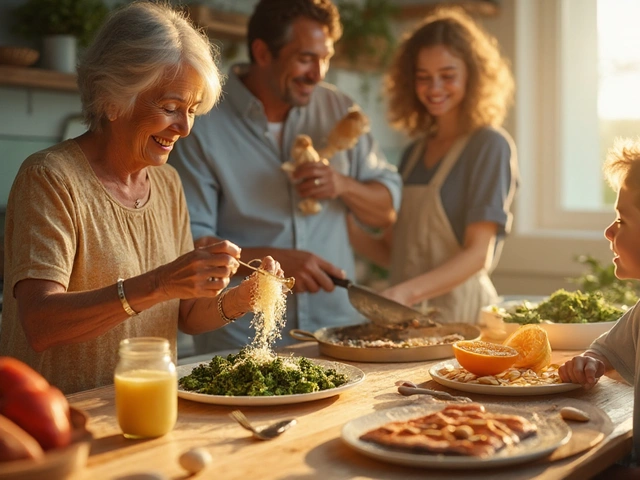 Proven Strategies to Prevent Osteoporosis - A Complete Guide
Proven Strategies to Prevent Osteoporosis - A Complete Guide
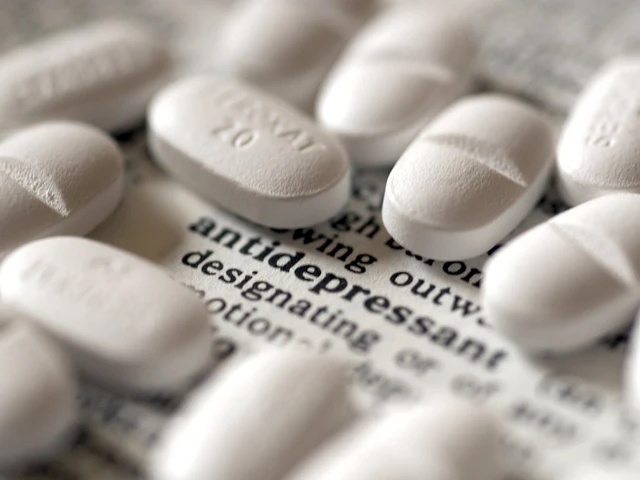 Bupropion and Epilepsy: A Potential Treatment Option?
Bupropion and Epilepsy: A Potential Treatment Option?
dace yates
November 11, 2025 AT 19:05I’ve had two CT scans with contrast in the last year, and both times they just handed me a bottle of water and said ‘drink this.’ No timing, no math, no follow-up. I didn’t know until now that there’s actual science behind how much and when to drink. Feels like I got lucky both times.
Now I’m wondering if my nephrologist even knows about the RenalGuard system. Maybe I should ask next visit.
Danae Miley
November 12, 2025 AT 01:22Correction: the VA/DOD 2025 guidelines recommend 1–1.5 mL/kg/hour for eGFR 30–59, not ‘1–1.5 mL/kg/hour for 3–12 hours’ as implied. The rate is per hour, not total volume. This is critical. Misstating this could lead to dangerous under- or over-hydration. Precision matters in clinical protocols.
Charles Lewis
November 13, 2025 AT 23:26It is both fascinating and deeply concerning that we, as a medical community, have allowed a practice as high-stakes as contrast-induced nephropathy to be managed with such inconsistent protocols across institutions. The fact that some hospitals still rely on oral hydration for patients with eGFR under 45 while others employ automated RenalGuard systems speaks not to clinical superiority, but to systemic inequity in resource allocation.
Moreover, the economic burden-nearly $7,500 per episode-is not merely a financial statistic; it represents lost wages, delayed treatments, and increased caregiver strain. We must treat CI-AKI not as an unavoidable side effect, but as a preventable complication that demands standardized, evidence-based, and universally accessible hydration protocols.
And yet, in many rural facilities, nurses are still instructed to ‘just make sure they drink a lot.’ That is not medicine. That is hope dressed in a white coat.
Renee Ruth
November 15, 2025 AT 21:25So let me get this straight. You’re telling me some people get a fancy $20k machine that monitors their pee in real time, and others get a plastic water bottle and a shrug? And this is the same system that bills you $1,200 for a Band-Aid?
Of course. Because profit > prevention. Of course the system doesn’t scale RenalGuard. It’s cheaper to let kidneys fail and then charge $80k for dialysis.
They’ll never fix this. They’re making too much money off the broken parts.
Samantha Wade
November 16, 2025 AT 20:40Thank you for this comprehensive and clinically grounded overview. The distinction between eGFR thresholds and corresponding hydration strategies is not only scientifically accurate but also critically important for patient safety. I would like to add that while oral hydration is effective for eGFR >30, it should be supplemented with pre-procedure assessment of volume status-especially in elderly patients or those on diuretics. Dehydration masked by chronic diuretic use can be insidious.
Furthermore, I encourage clinicians to document hydration protocol adherence in the medical record as a quality metric. Just as we track blood pressure or oxygen saturation, we must track hydration compliance as a measurable component of renal protection. This is not optional-it is standard of care.
Elizabeth Buján
November 16, 2025 AT 22:24im just sitting here thinking about how we’re all just bags of water trying not to break.
like, the dye is supposed to help doctors see inside us, but it’s kinda like throwing salt on a wound and saying ‘we’ll fix it later.’
and the fact that some people get a fancy pee machine and others get told to chug water before a scan… it’s wild.
we’re so good at tech but so bad at caring for the people who use it.
also i drank 3 bottles of water before my last ct and still felt like a desert. maybe we need to stop treating hydration like a checklist and start treating it like a human need.
Andrew Forthmuller
November 18, 2025 AT 04:41Oral works for eGFR >30? Cool. I’ll just drink 2 liters before my scan next week.
vanessa k
November 19, 2025 AT 22:42I’m a nurse in a small community hospital. We don’t have RenalGuard. We don’t even have a dedicated renal protocol. We follow the old ‘drink a liter’ rule. I’ve seen patients with eGFR 28 get contrast with no prep. I’ve seen others wait 3 hours for IV fluids because the pharmacy was out.
This isn’t about being perfect. It’s about being consistent. If we can’t give everyone the gold standard, we owe them the best we can do-and we owe them honesty about why we can’t do more.
manish kumar
November 21, 2025 AT 21:38As someone from India where access to advanced medical technology is uneven, I find this discussion deeply relevant. In many private hospitals here, contrast is administered without any hydration protocol at all-just because ‘the patient is fine.’ In public hospitals, even saline is often unavailable due to supply chain issues.
But the core principle remains: hydration is not a luxury. It is a non-negotiable part of patient safety. We need global guidelines that are adaptable to resource-limited settings-like oral hydration with clear instructions, or even pre-screening for high-risk patients using simple creatinine tests. Technology helps, but education and policy matter more.
And we must stop blaming patients for ‘not drinking enough.’ If we don’t tell them clearly, why should they know?
Nicole M
November 21, 2025 AT 23:46Wait so if my eGFR is 65 I don’t need to do anything? That’s it? No water? No nothing? I thought I was supposed to chug like a camel before every scan. 😅